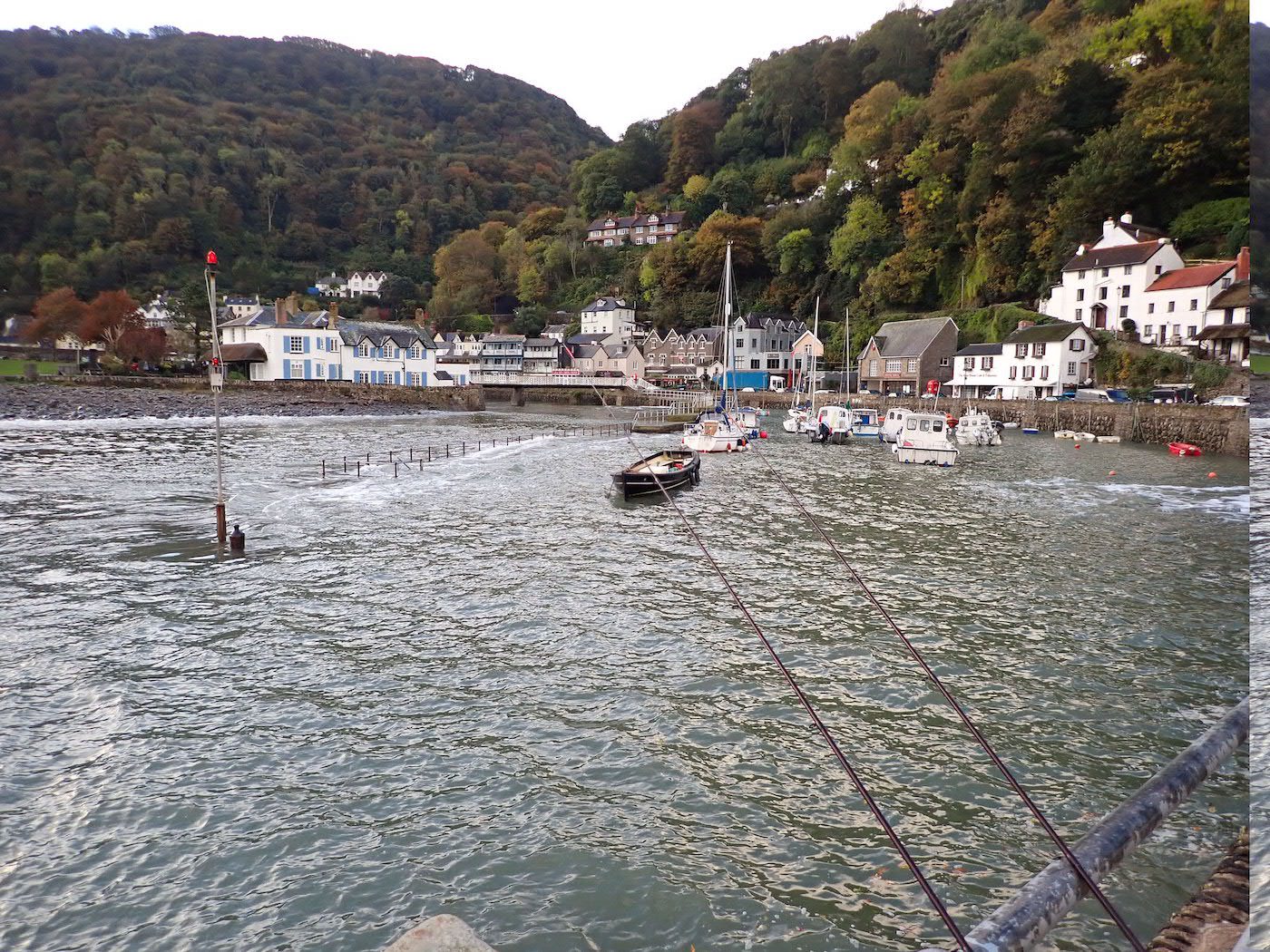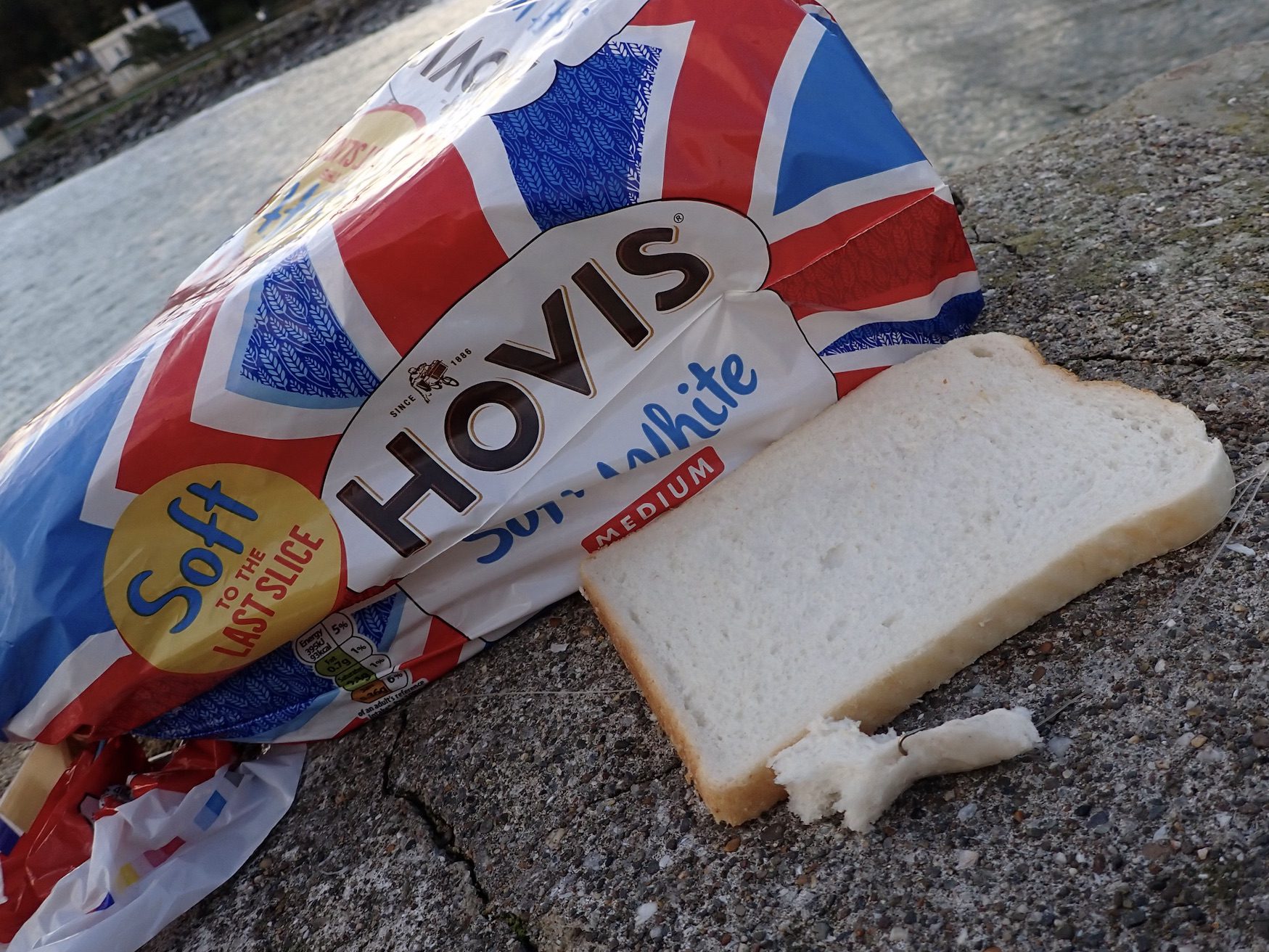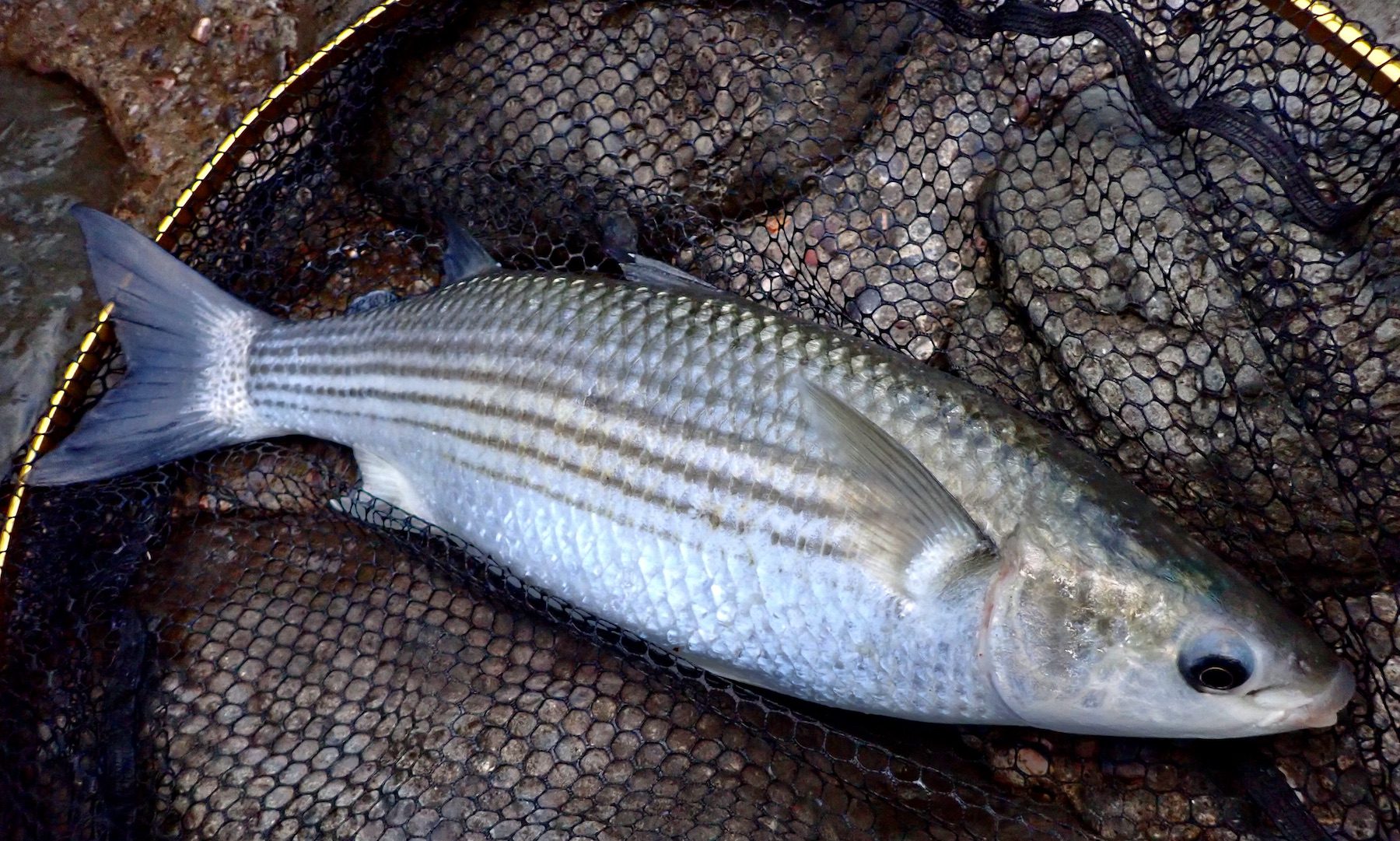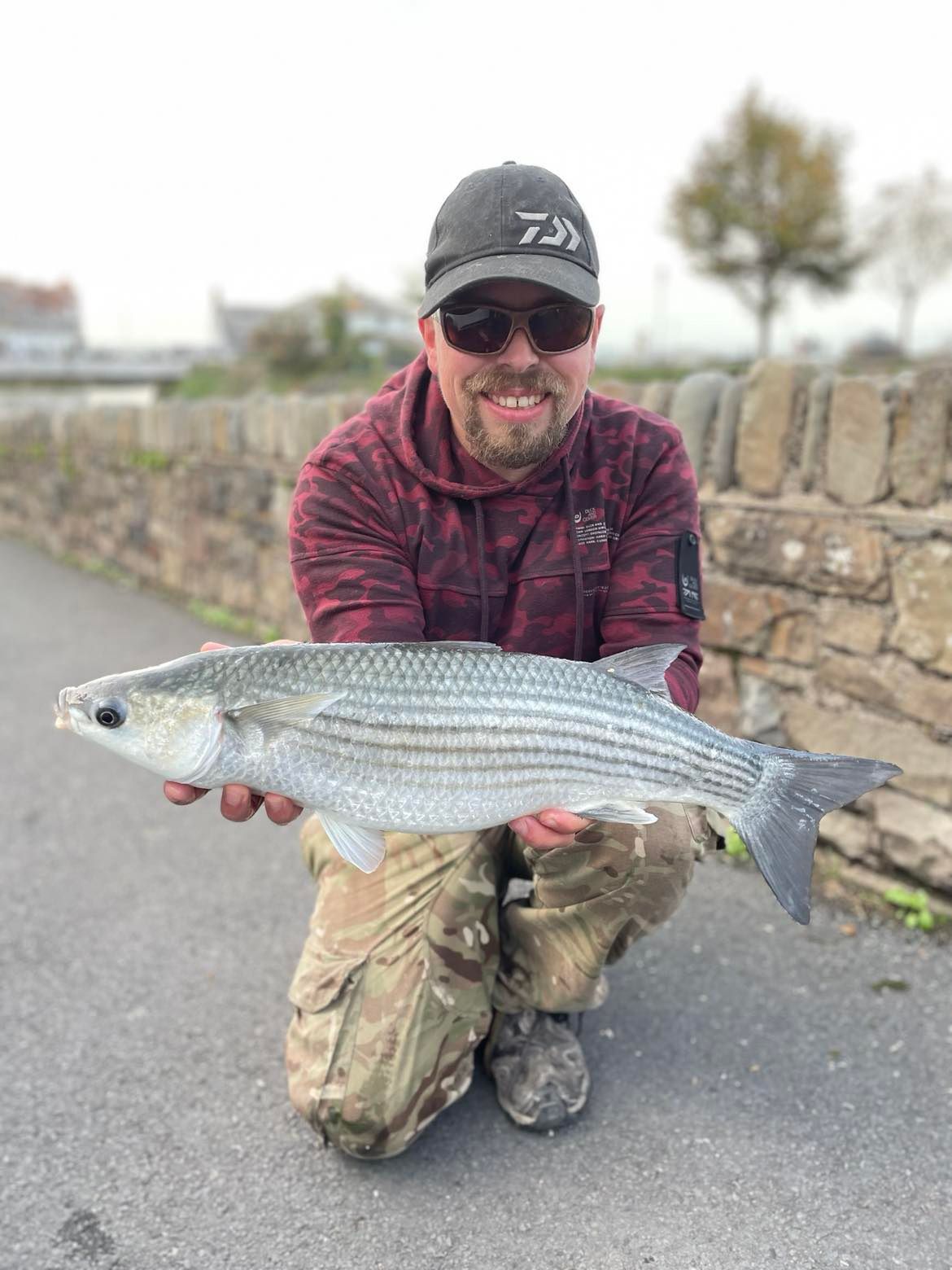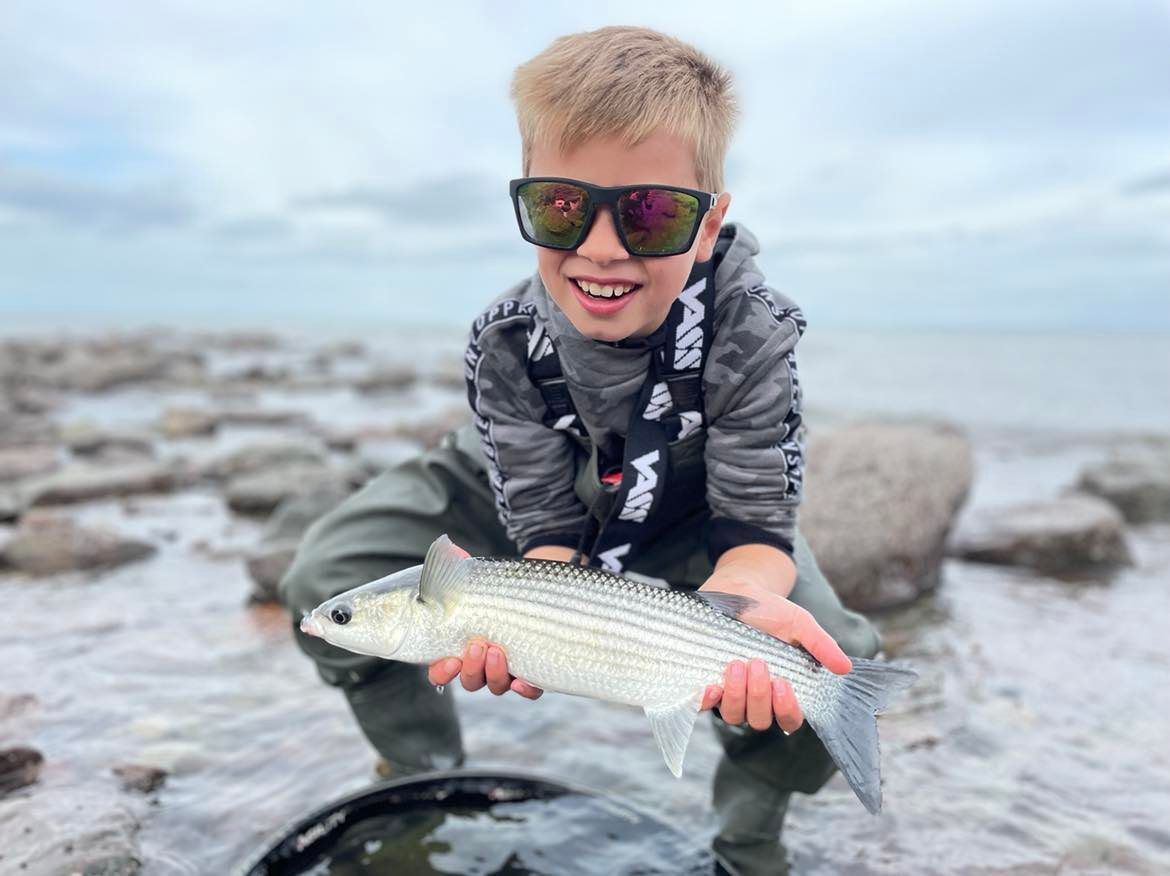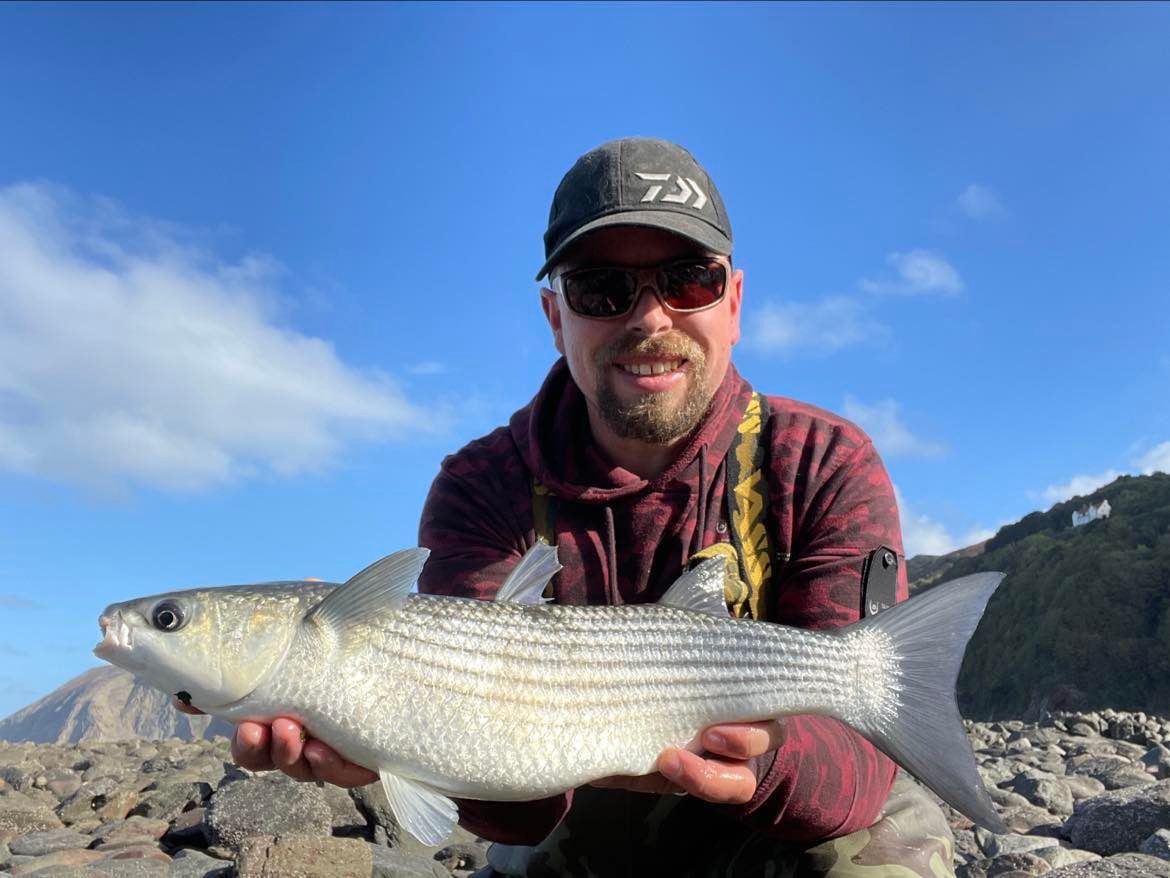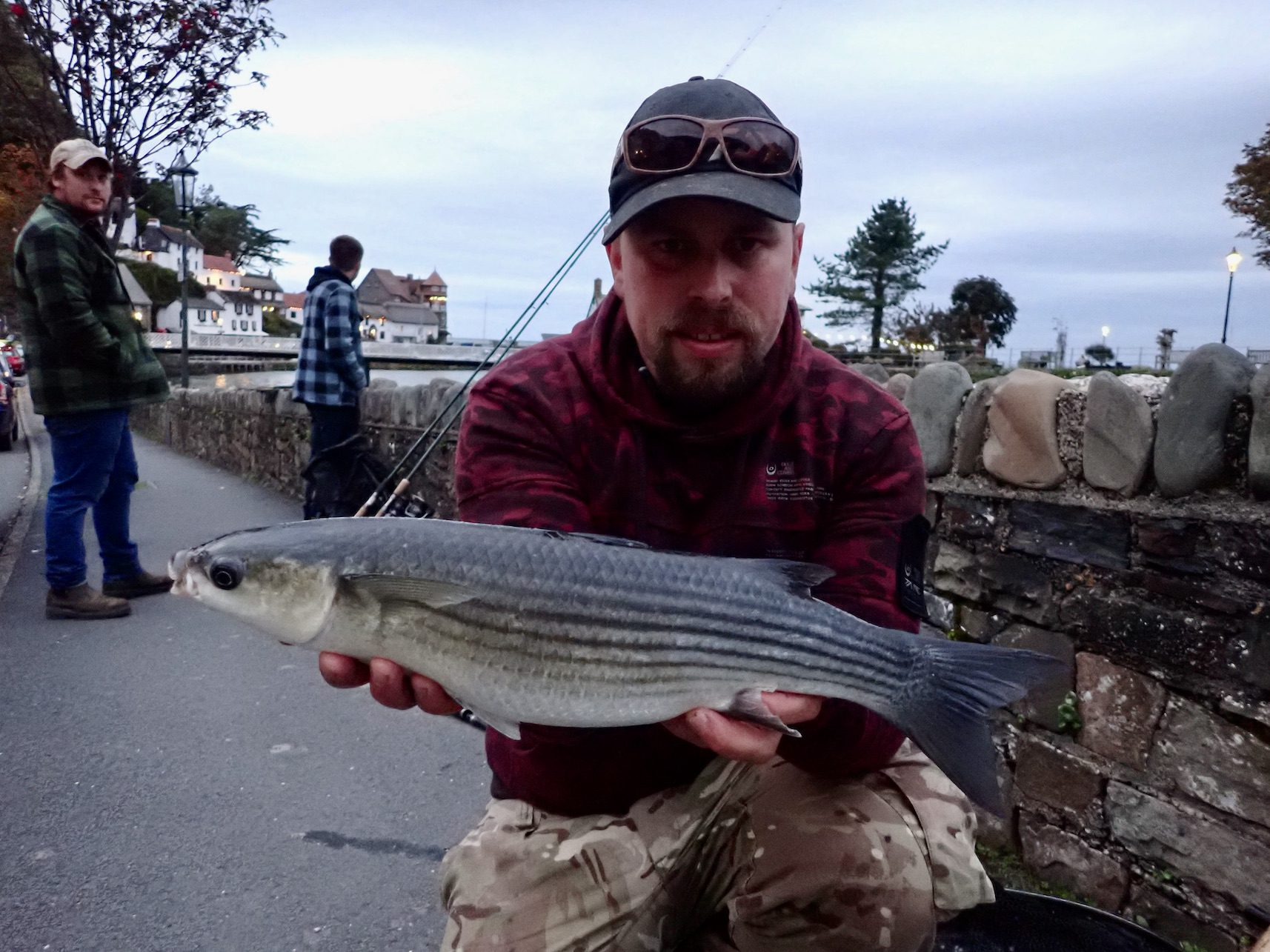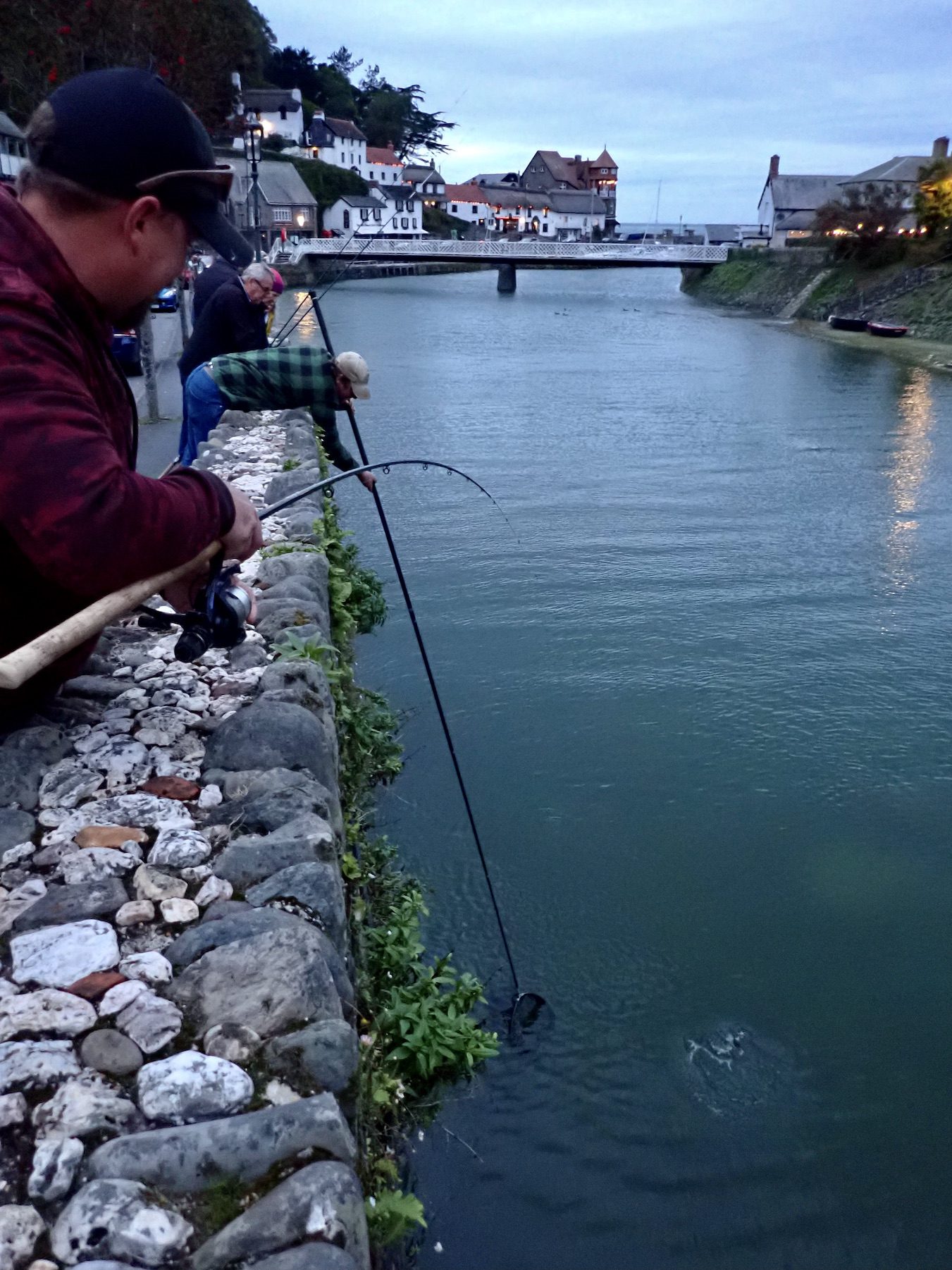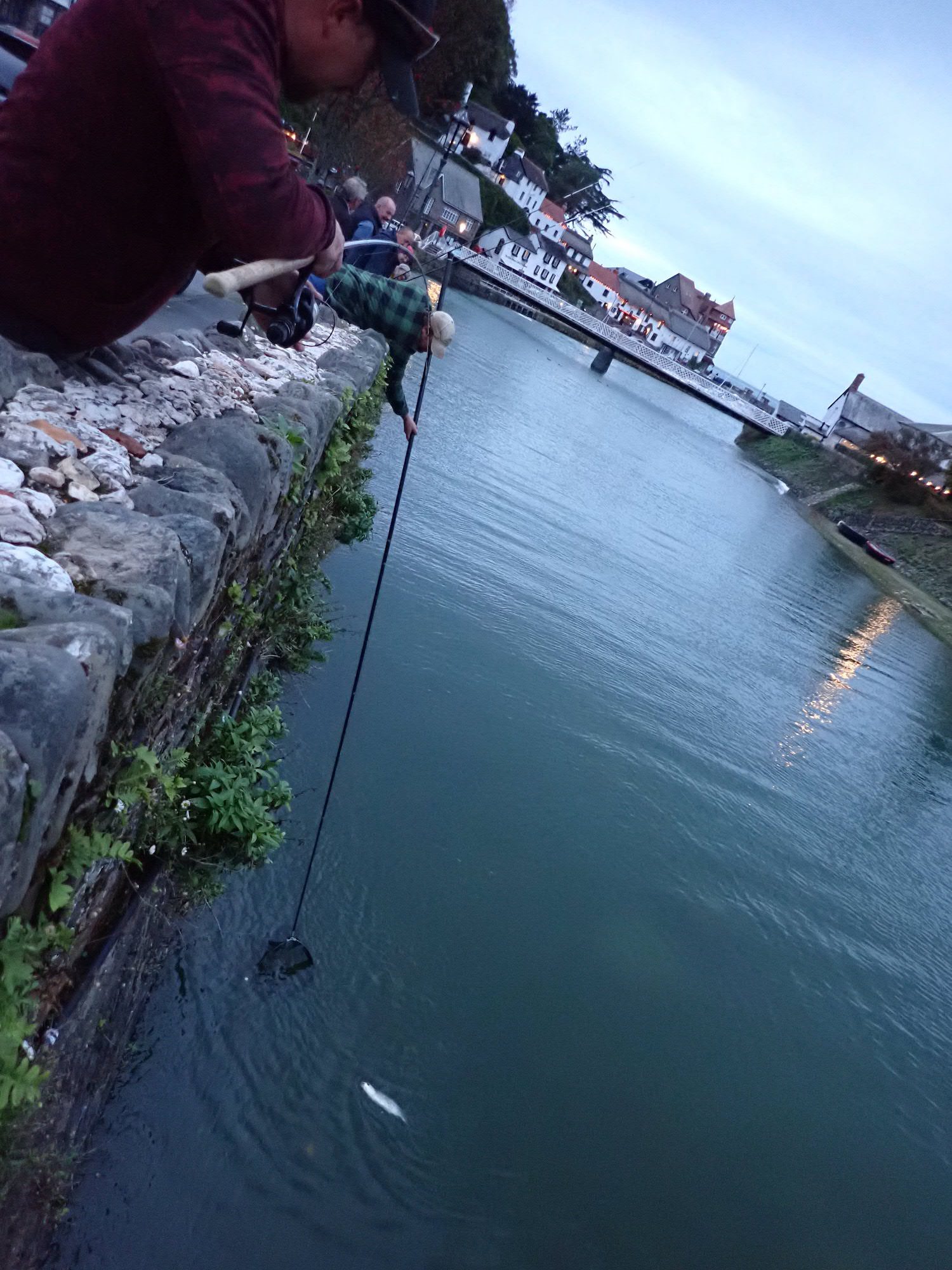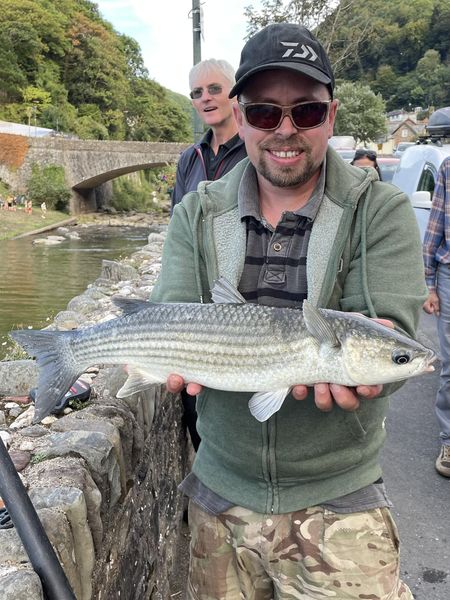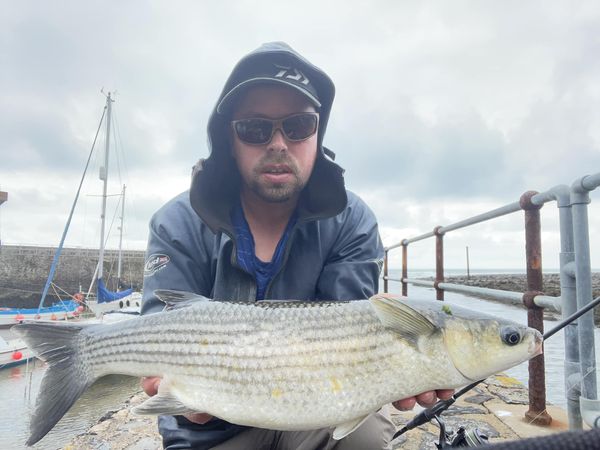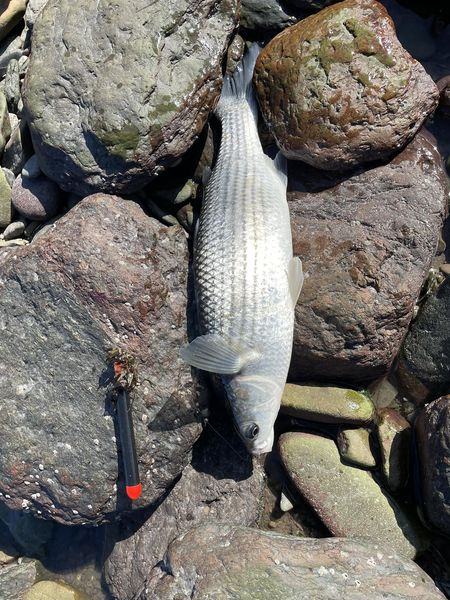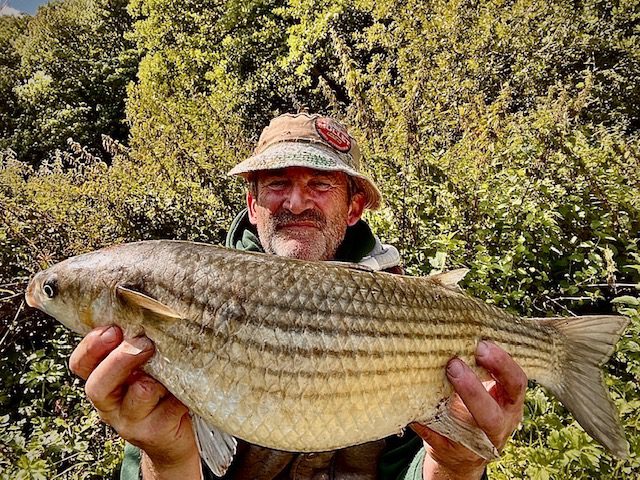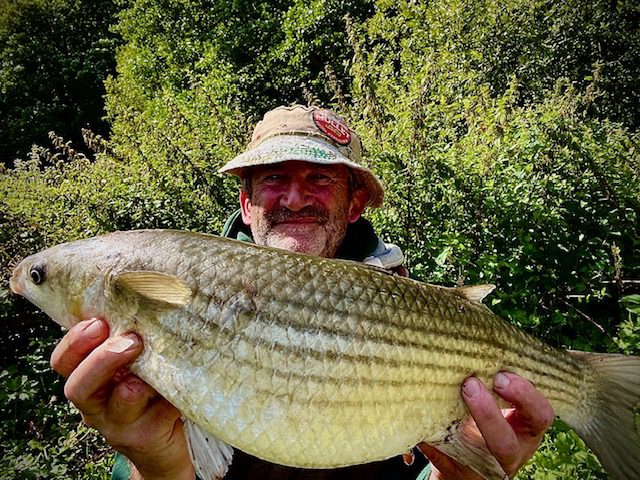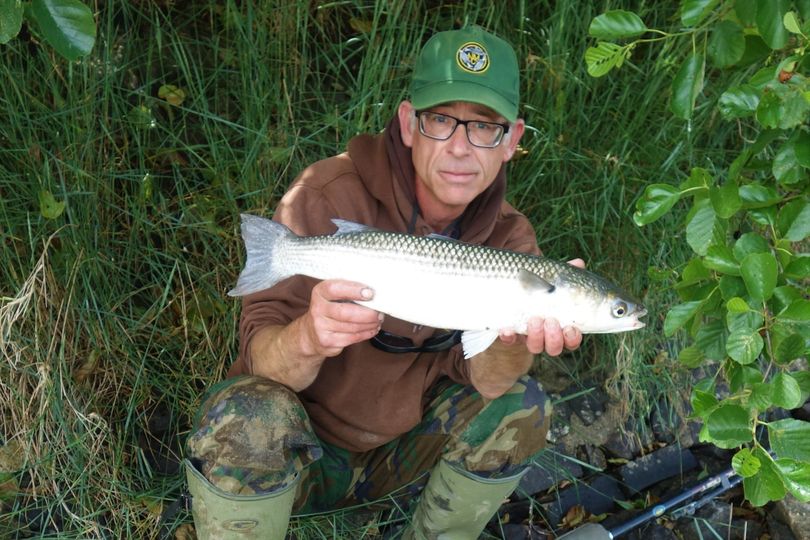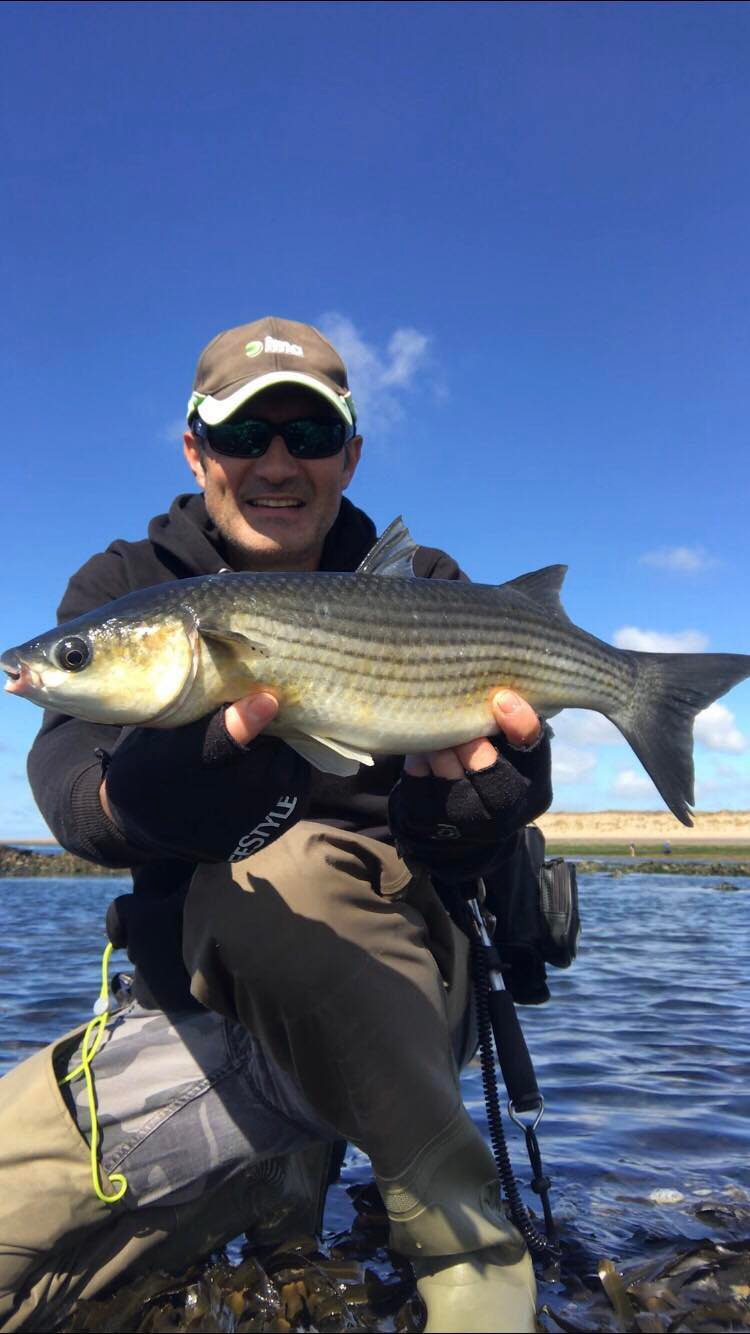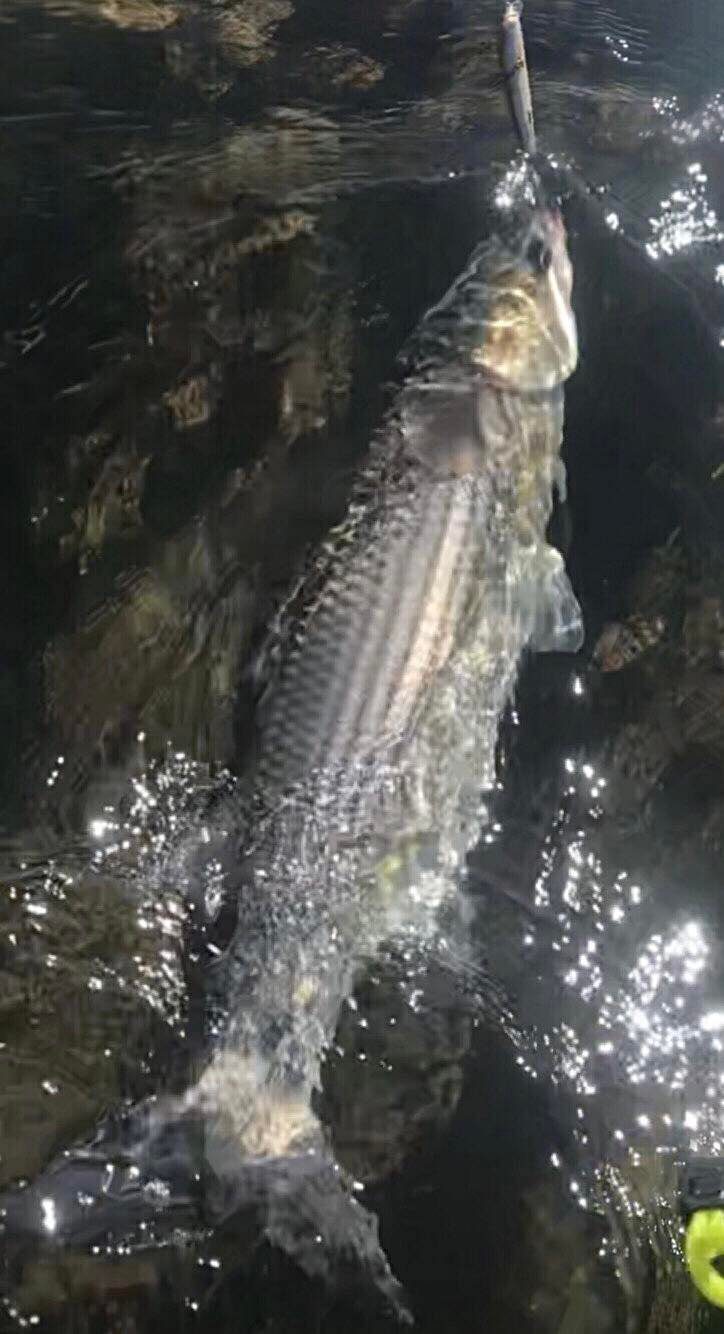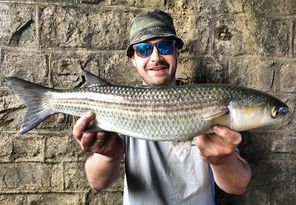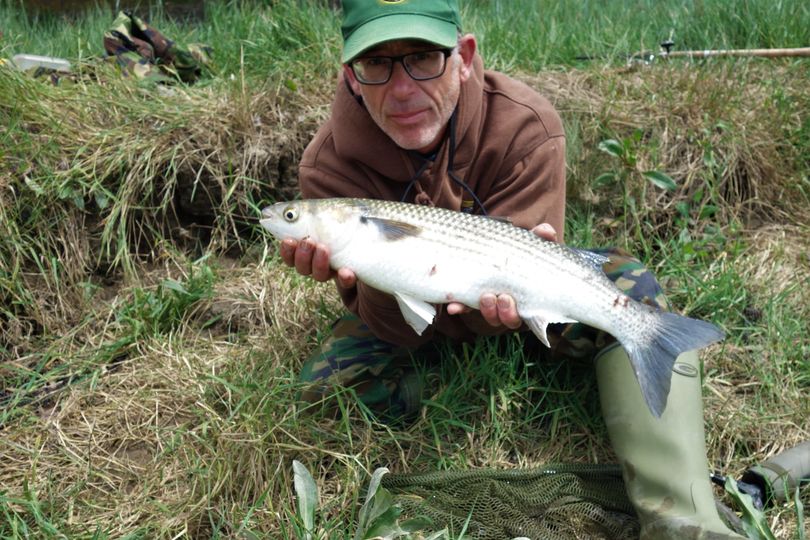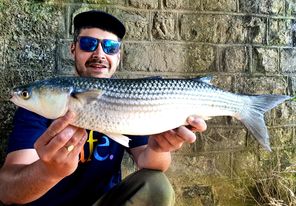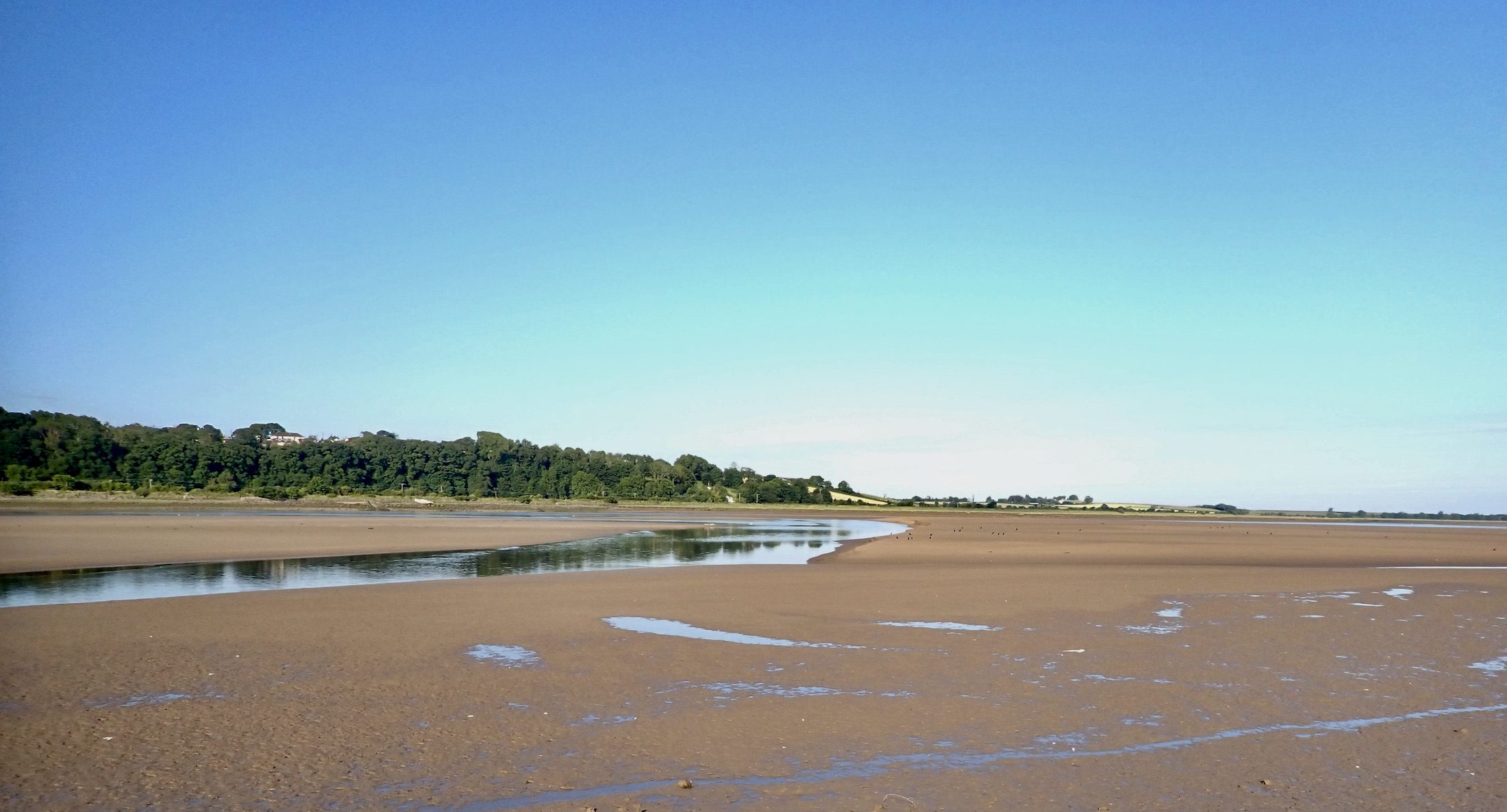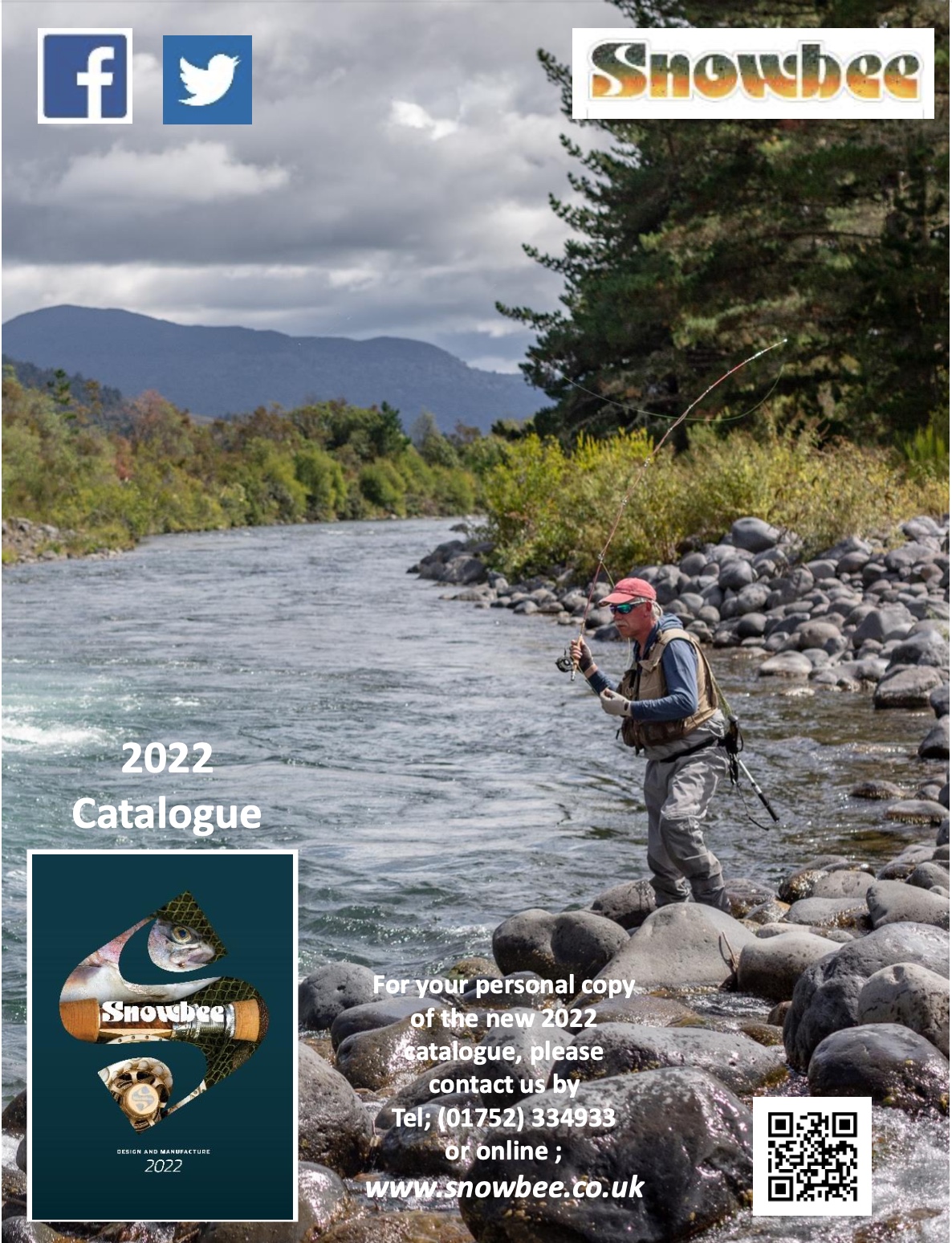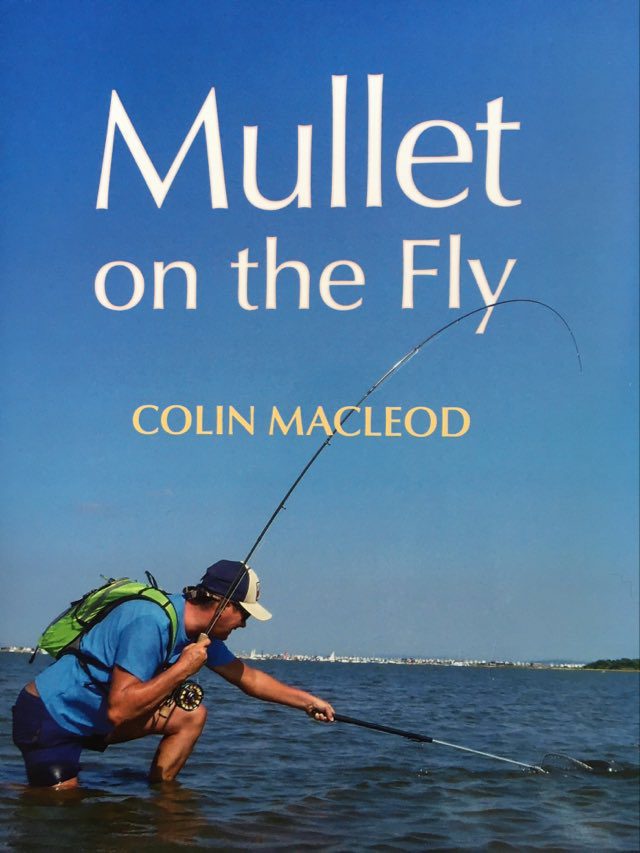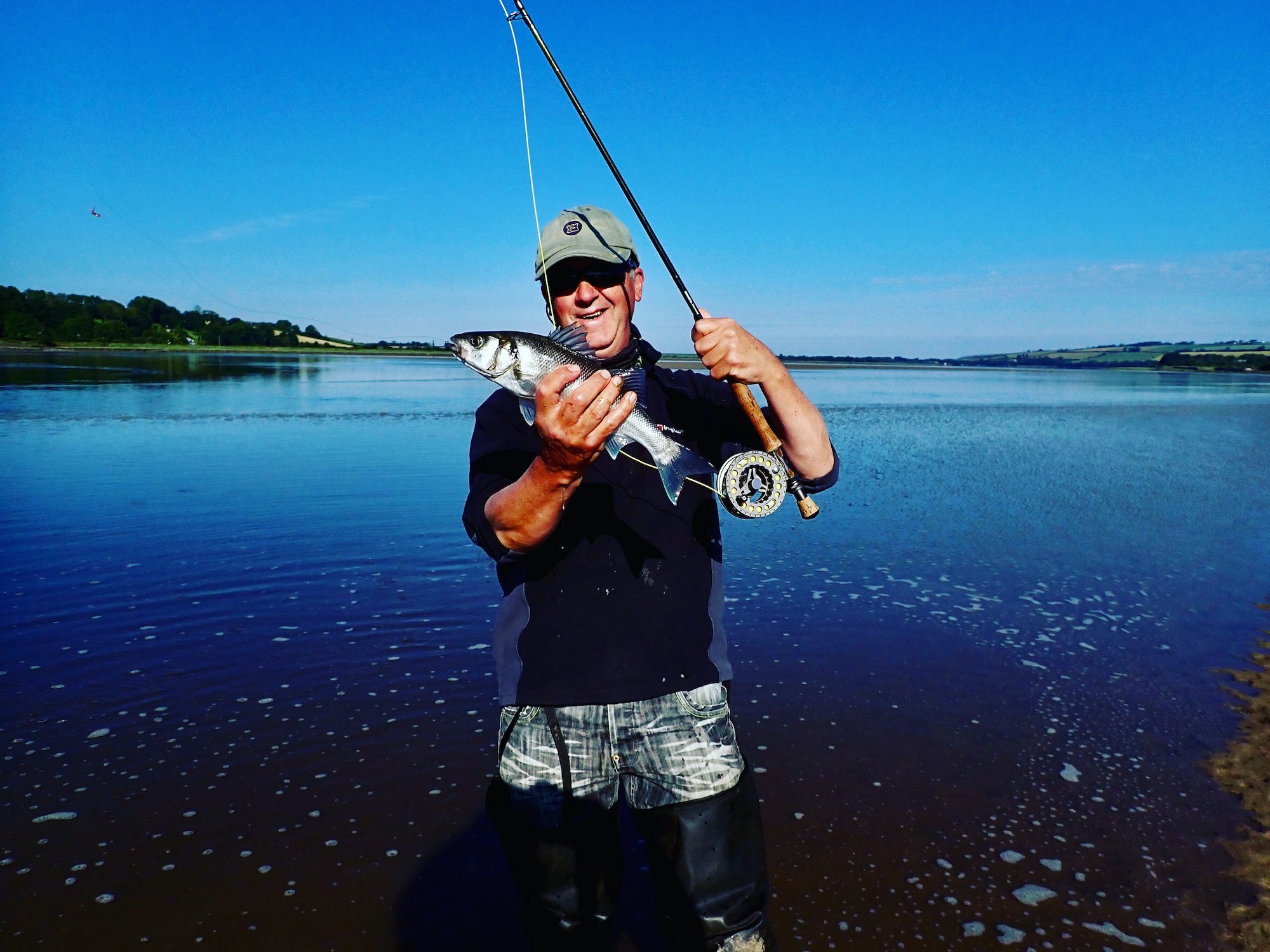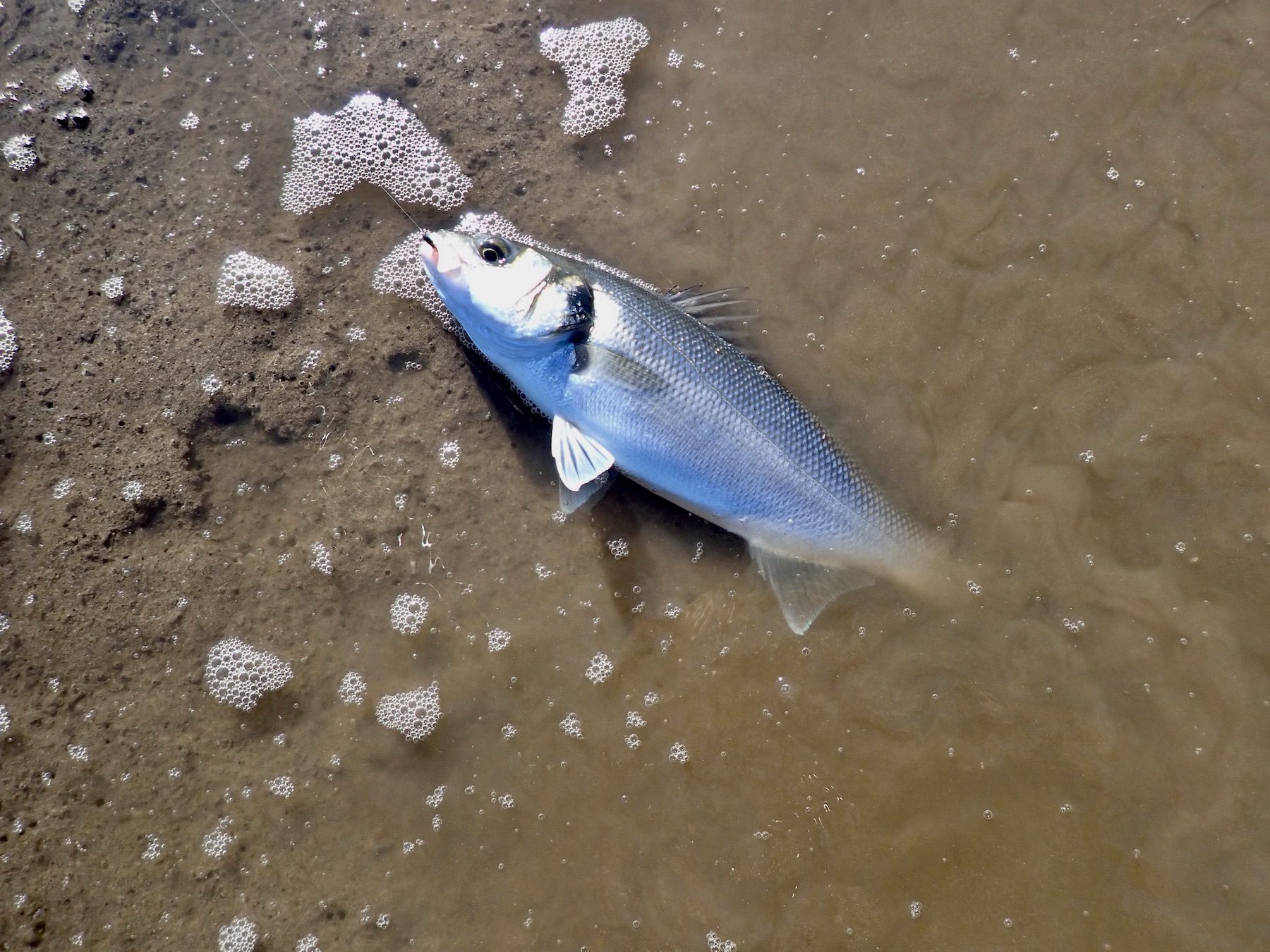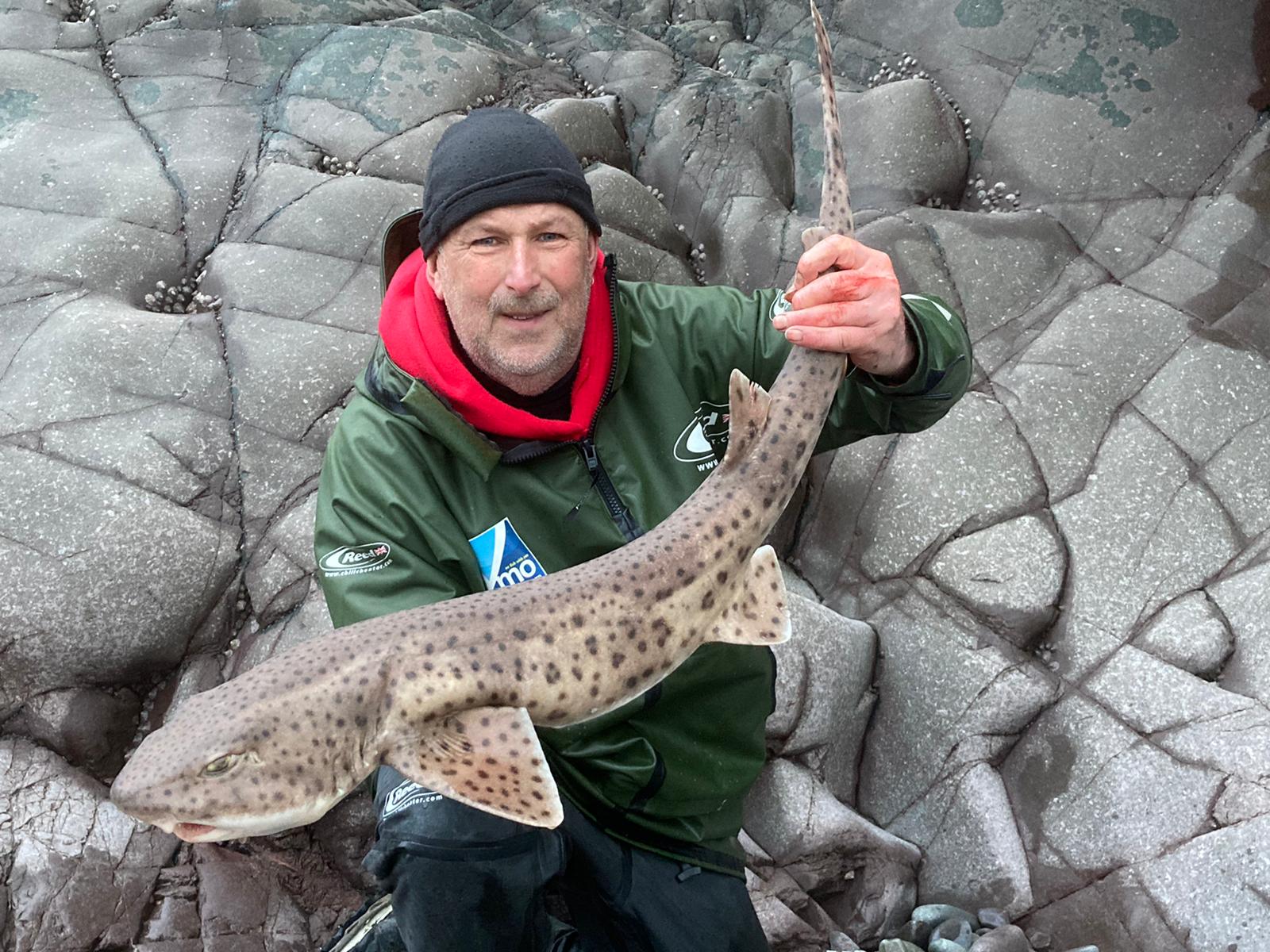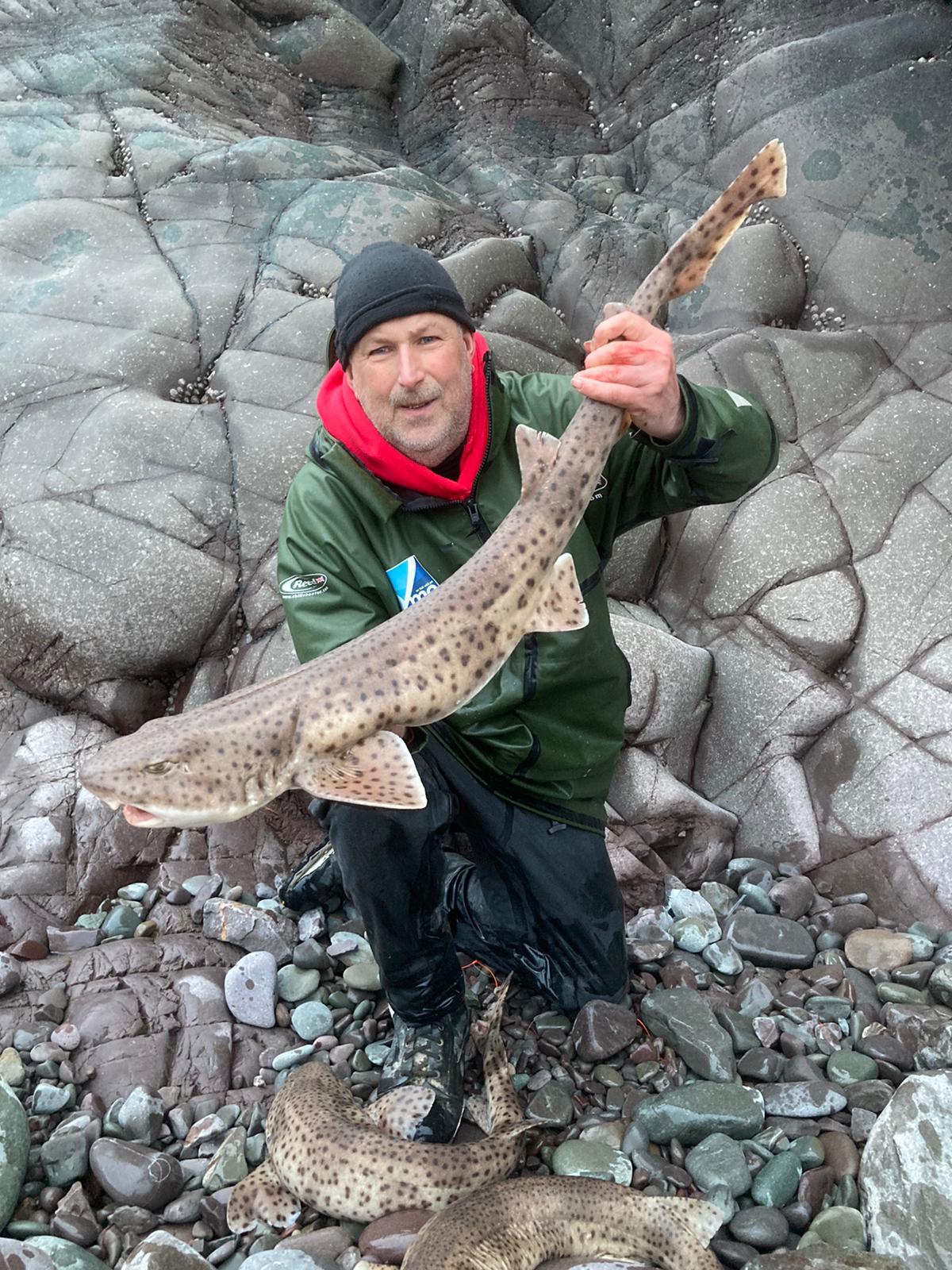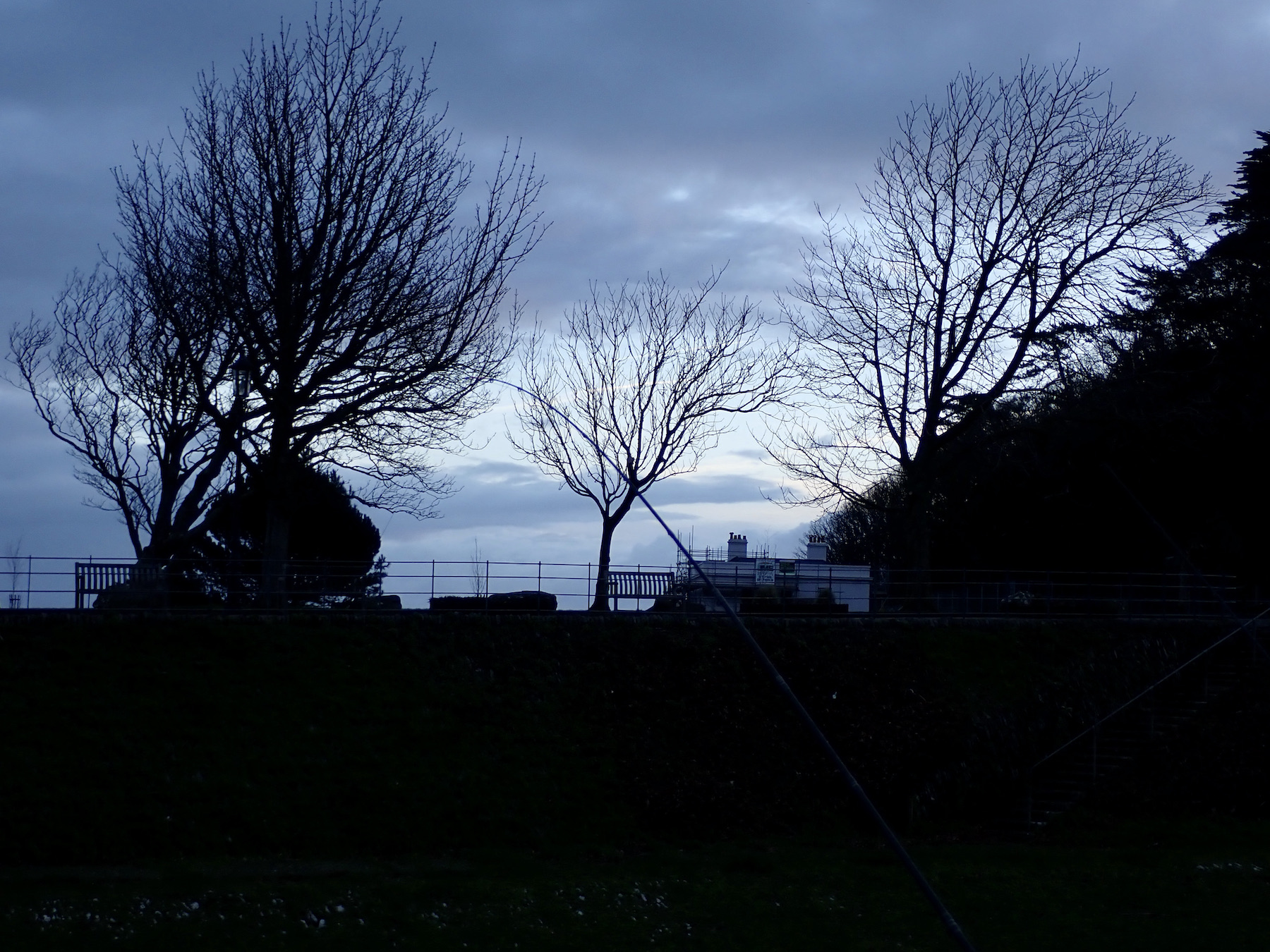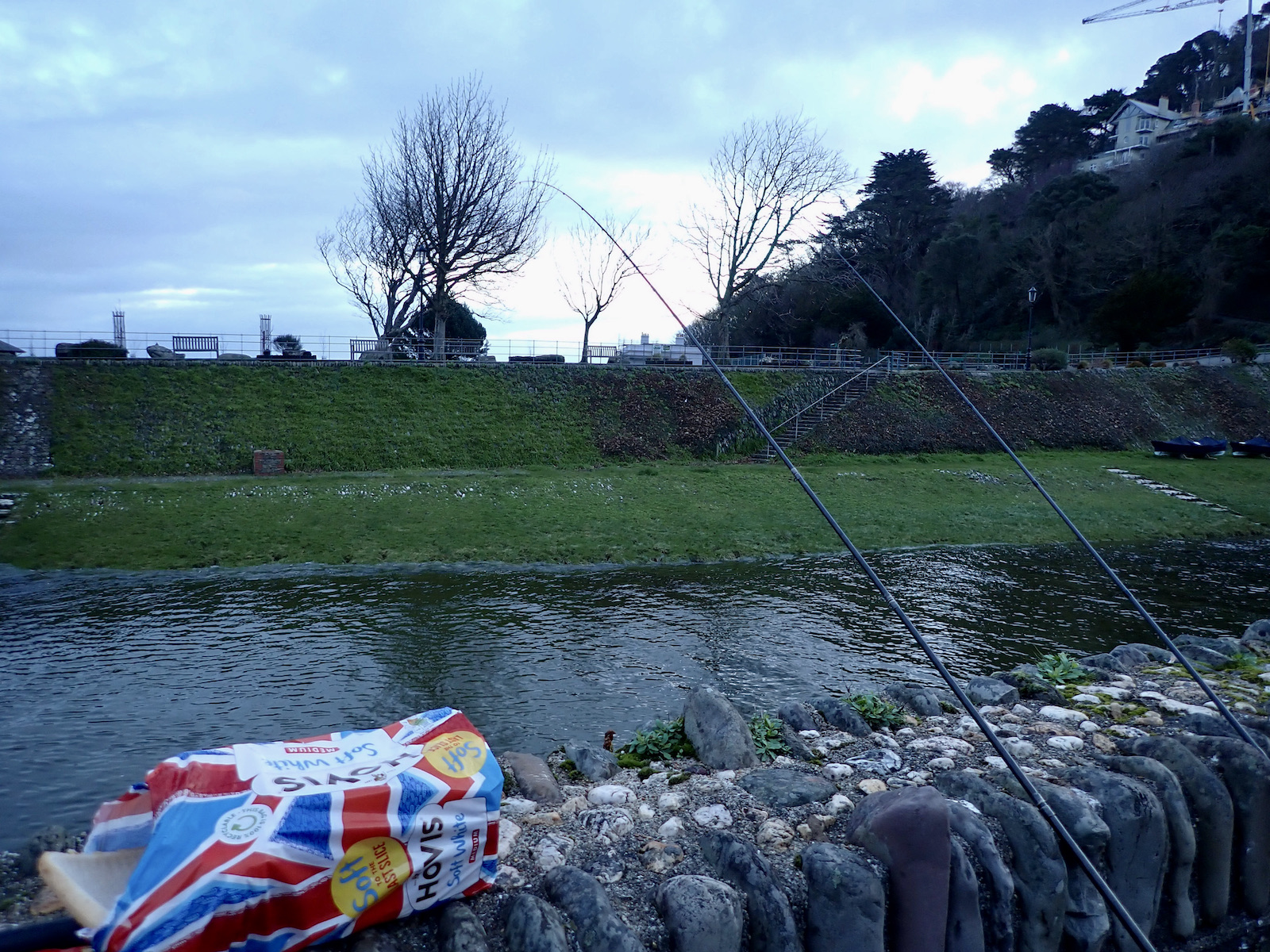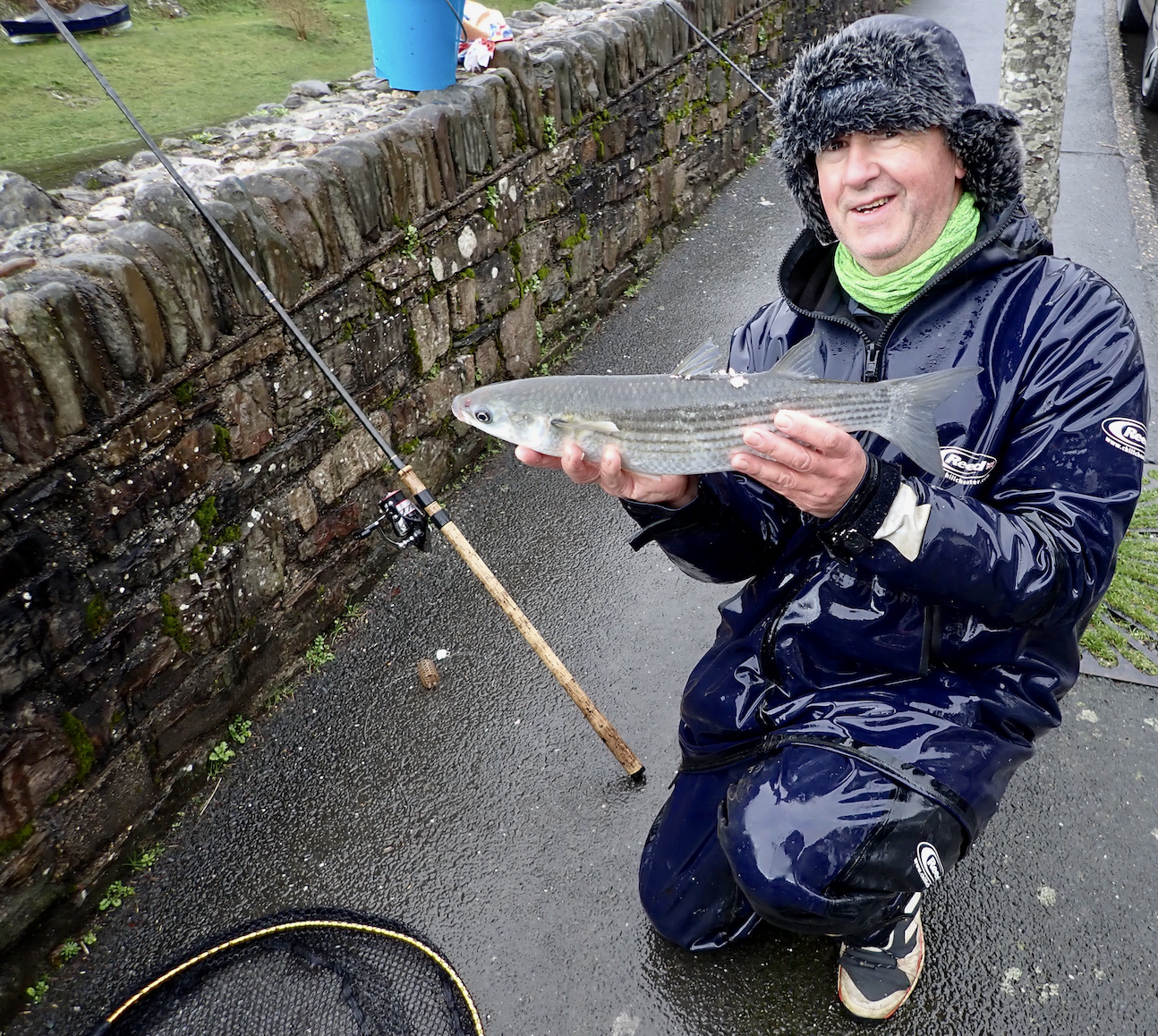Combe Martin SAC member Jamie Steward tempted this fine specimen thin lipped grey mullet of 4lb 14oz whilst using baited spinner tactics.
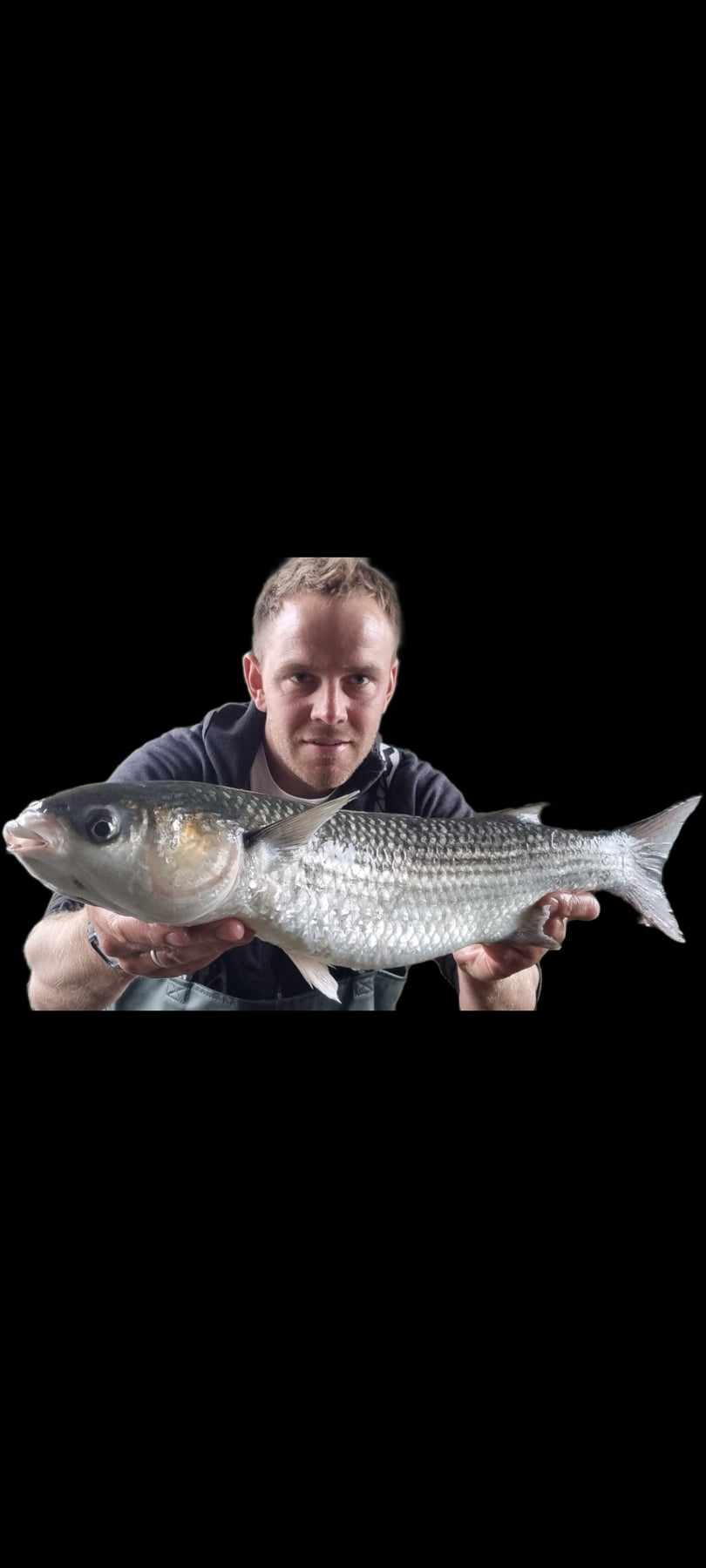
The Taw and Torridge Estaury offer many miles of accessible angling where light tackle and varied tactics can be employed to tempt a surprisngly wide variety of species. Bass to double figures hunt the estuaries and can be found surprisingly high up on the confluence with freshwater as well as at the estuary mouth.
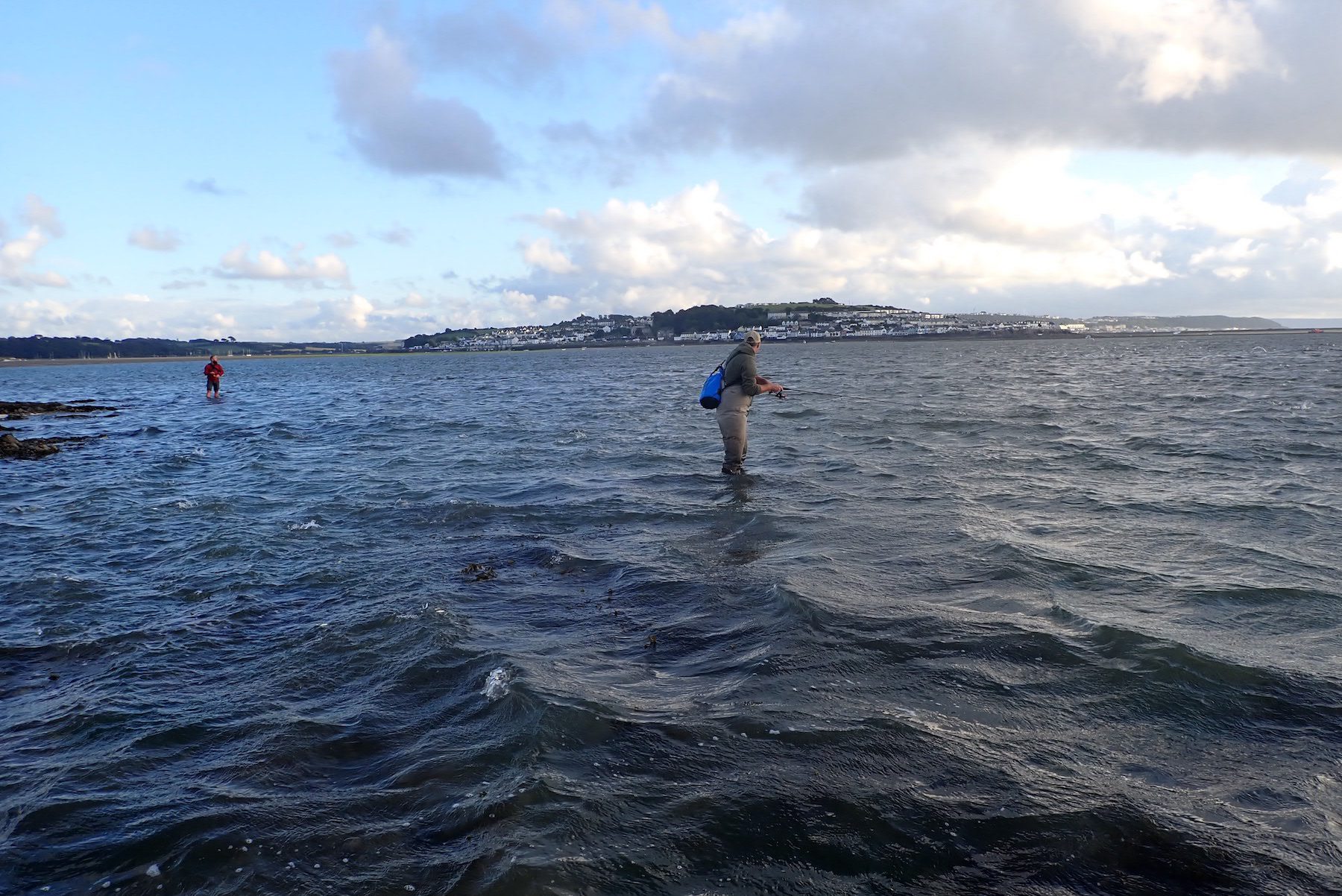
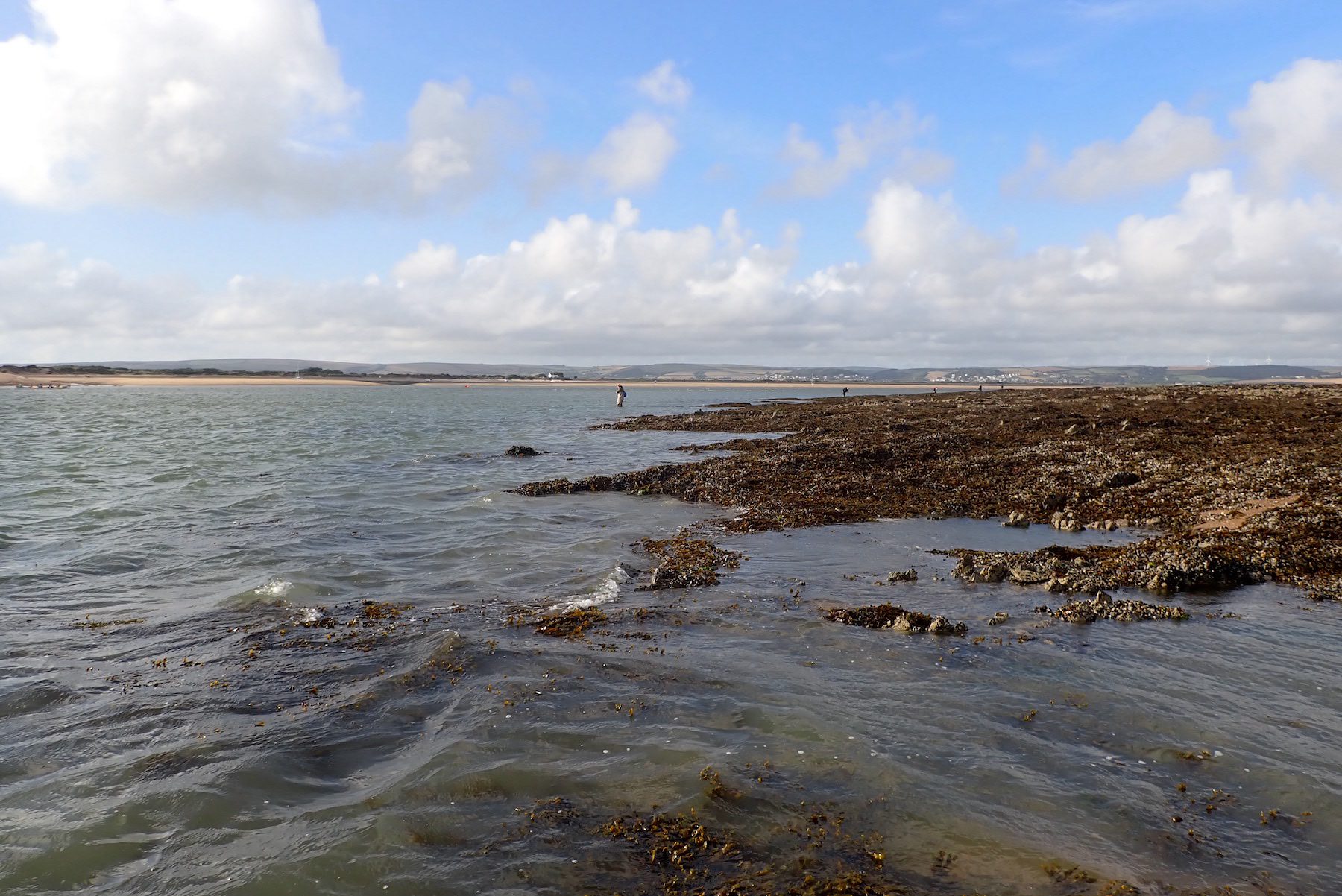
Gilthead bream are a more recent visitor to the Taw estaury with specimens tempted as far up as Fremington Quay. All three species of grey mullet can be found throughout the estuary and can be caught using bait, fly fishing and baited spinners.
Where the estuary meets the sea smoothound to double figures can provide excting tussles as they grab baits often intended for bass or gilthead bream.
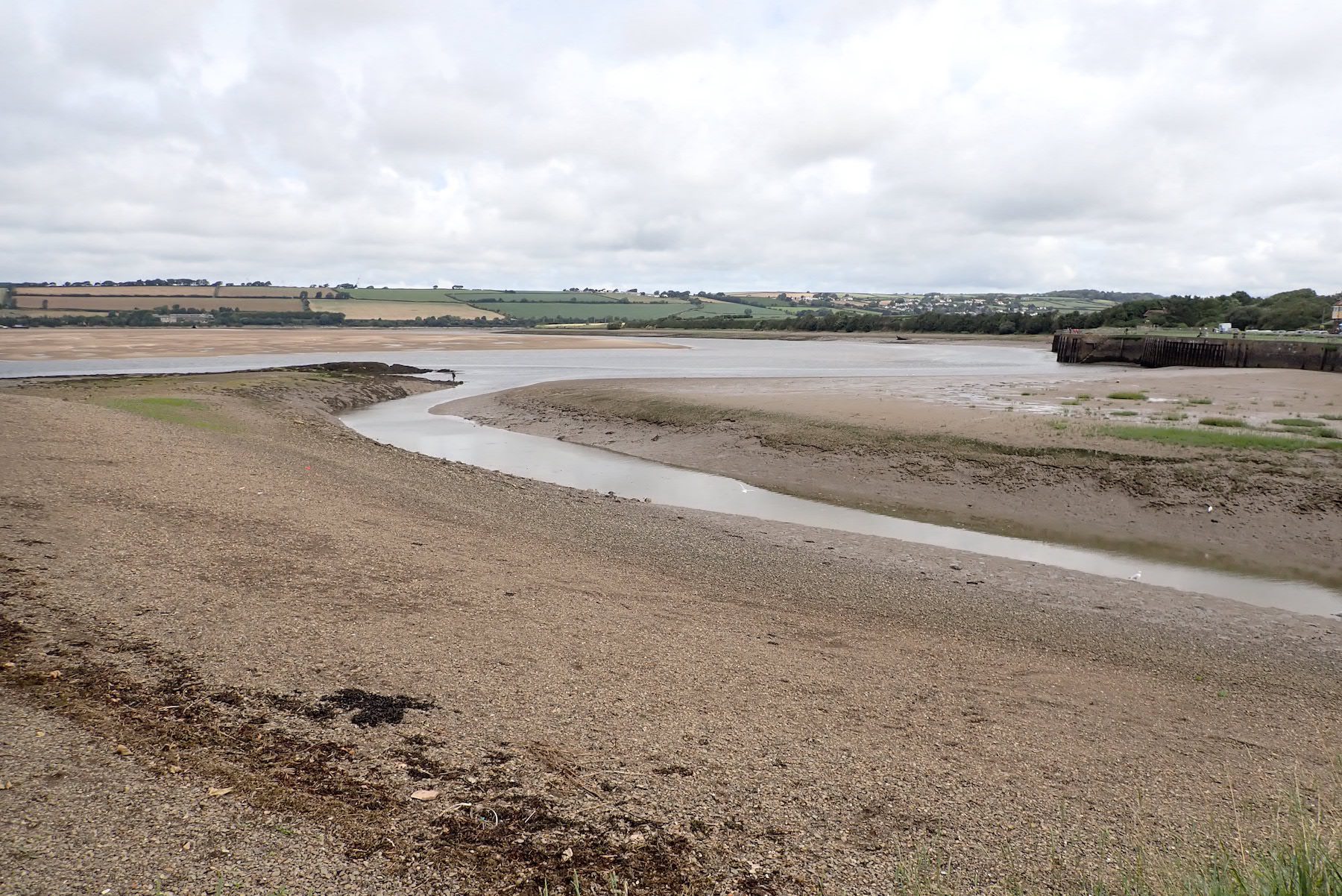
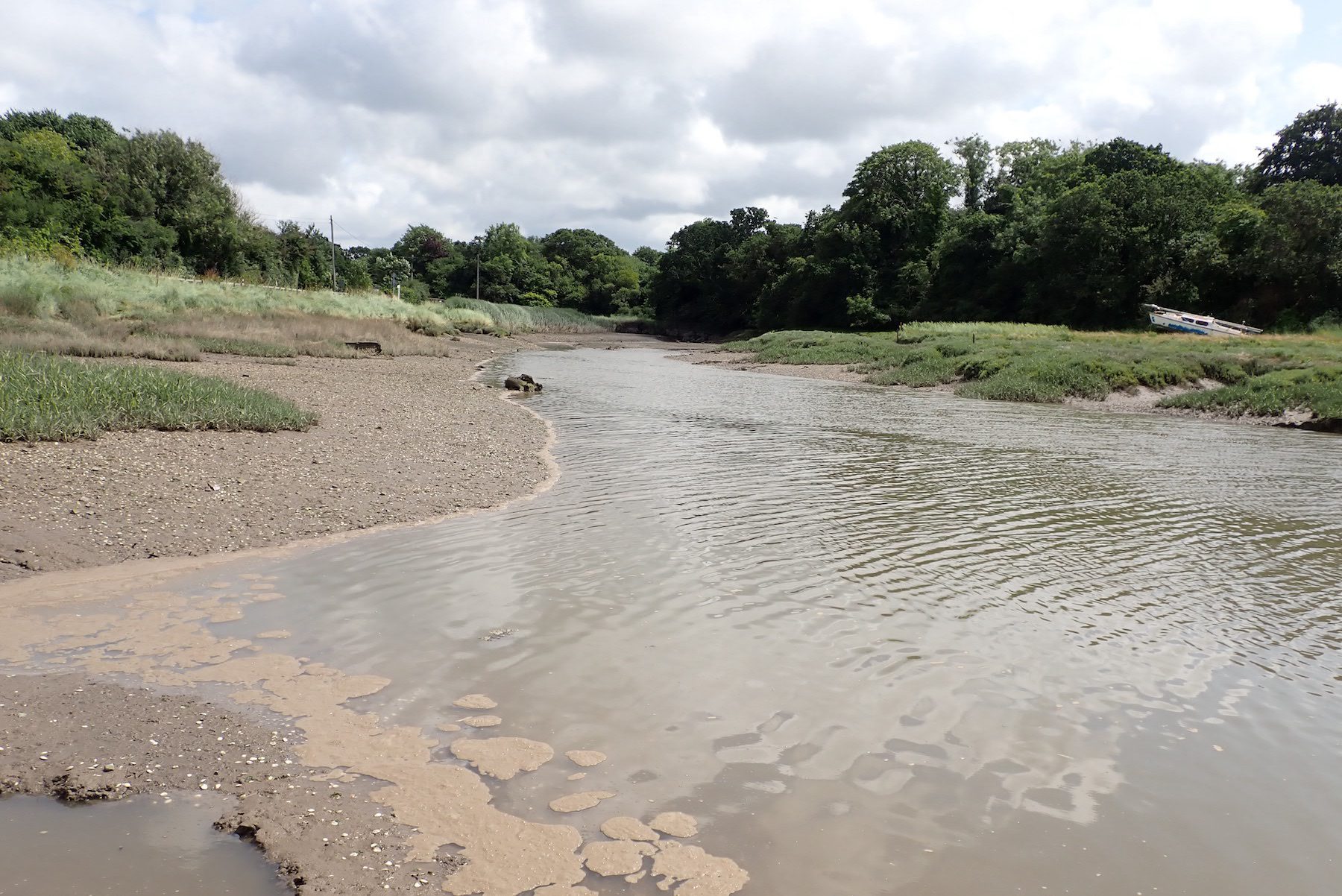
( Above) Mullet will push up into the many creeks along the estuary offering a challenge that few anglers are prepared to accept.
The vast estuary with its many mudbanks, creeks and sandbanks offers a wealth of opportunities for anglers with the chance to glimpse a diverse variety of wildlife. The scene is ever changing as the tides ebb and flow beneath everchanging skies. As autumn approaches flounder enthusiasts will line the banks at popular venues. Codling can often provide a decent meal as the nights pull in during late autumn.
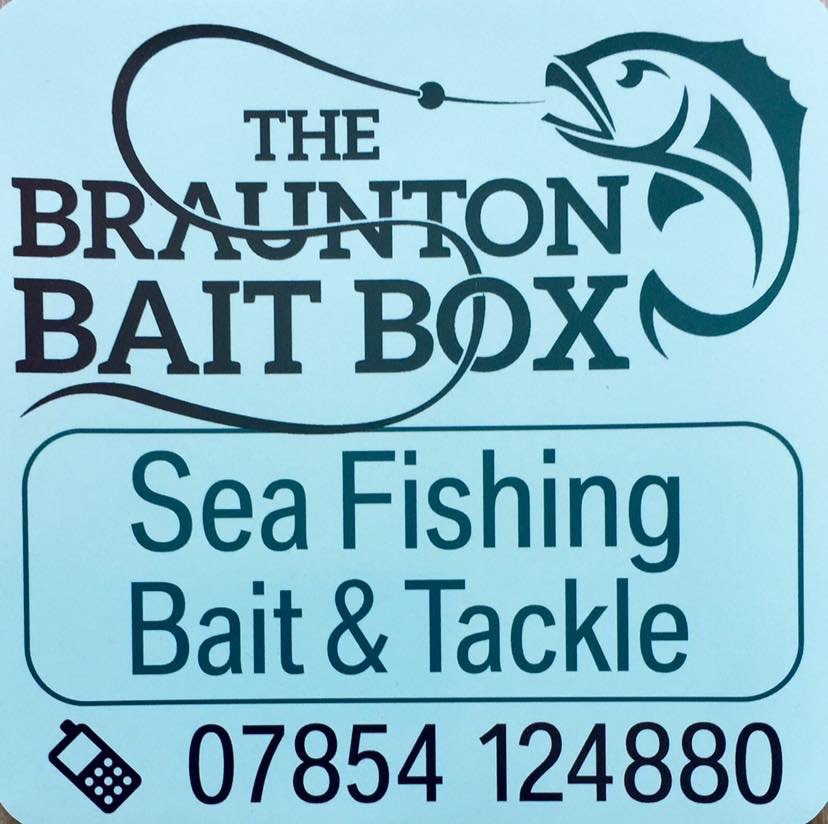


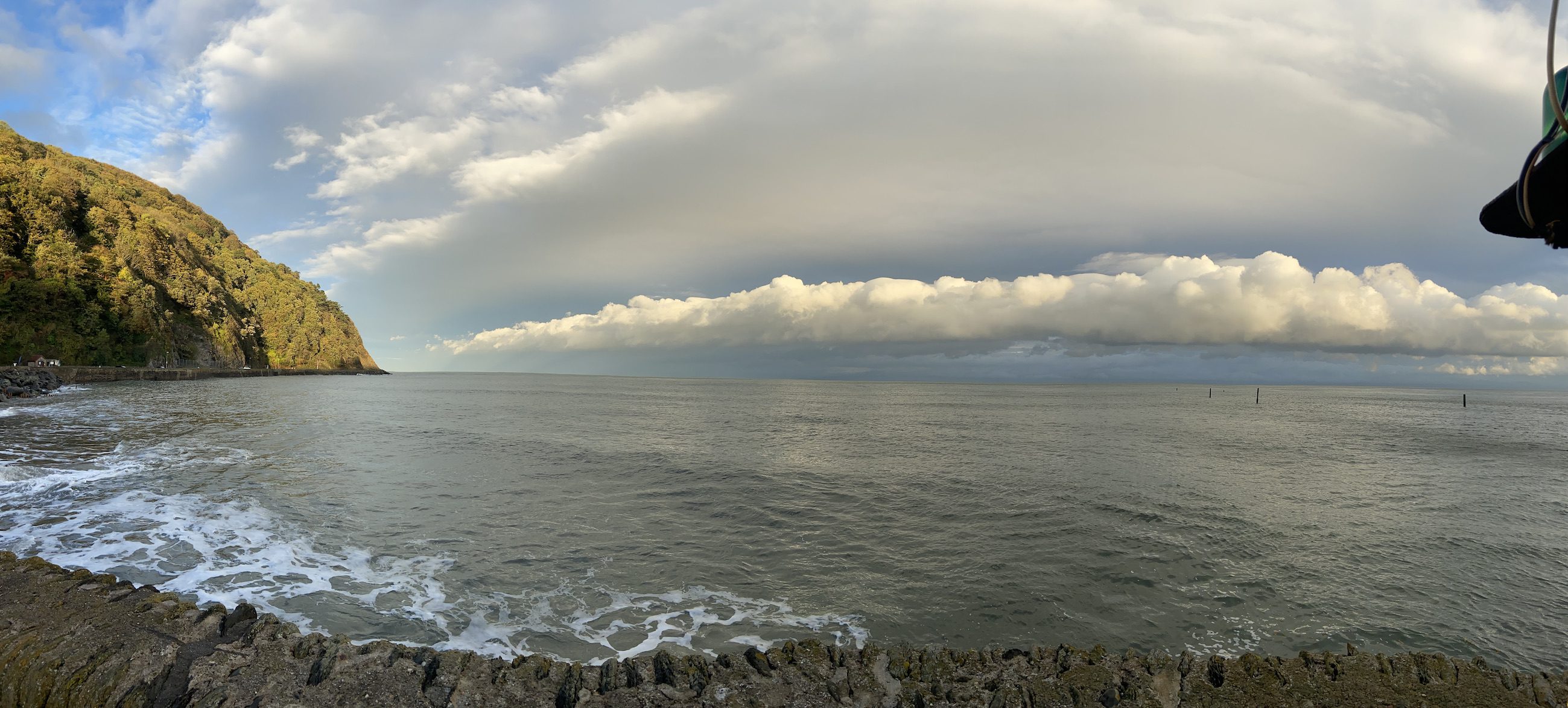 October and early November can offer some of the best mullet fishing of the year as these fish often feed hard prior to the onset of winter. In past decades the end of October signalled the end of the mullet fishing season but now these wily fish can be caught throughout the year. Harbours and rock marks are well worth fishing throughout North Devon.
October and early November can offer some of the best mullet fishing of the year as these fish often feed hard prior to the onset of winter. In past decades the end of October signalled the end of the mullet fishing season but now these wily fish can be caught throughout the year. Harbours and rock marks are well worth fishing throughout North Devon.